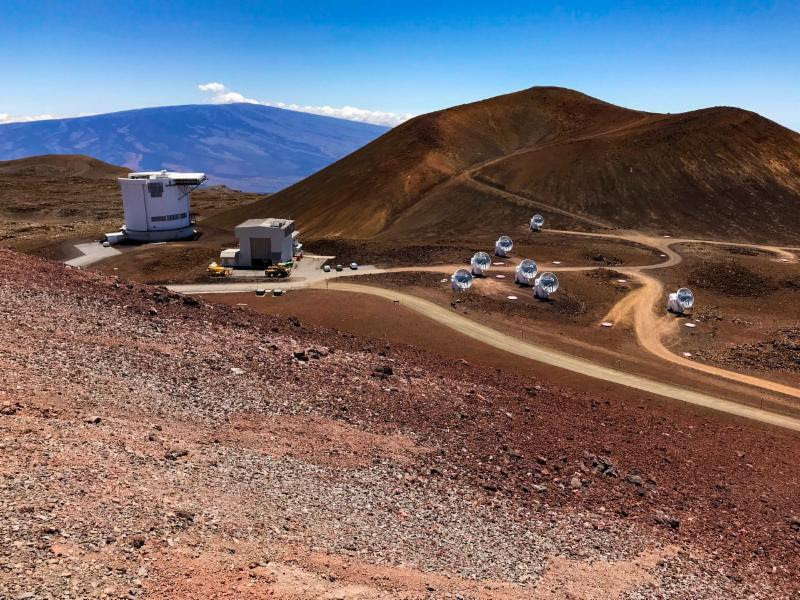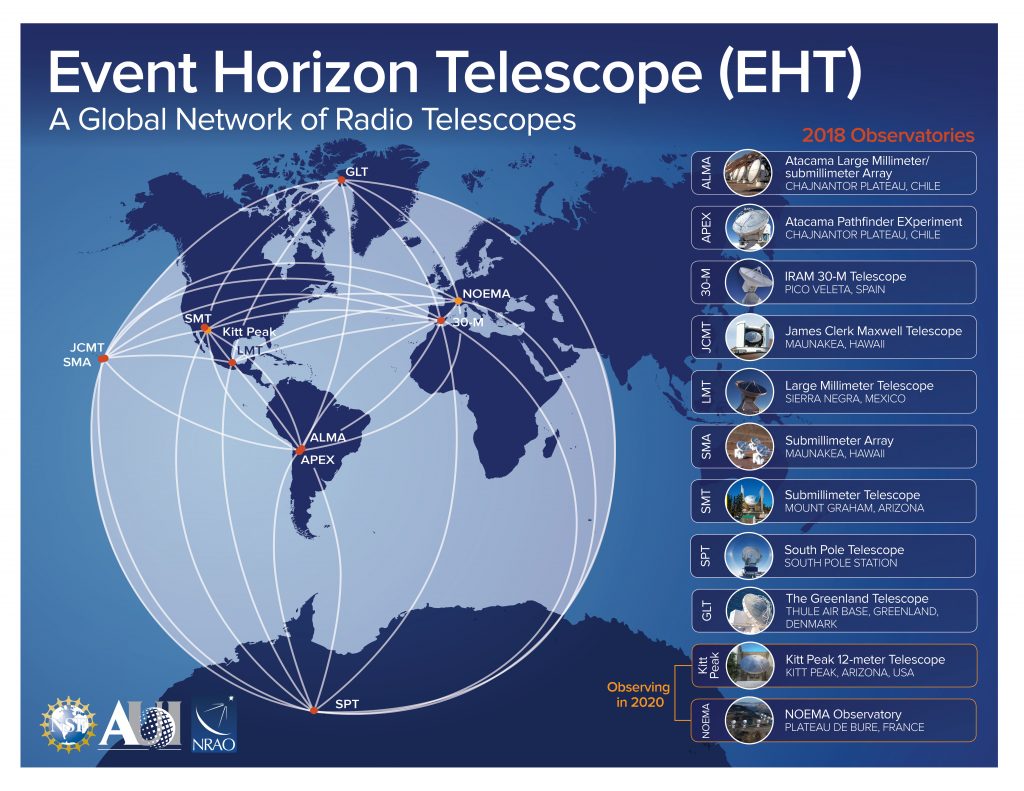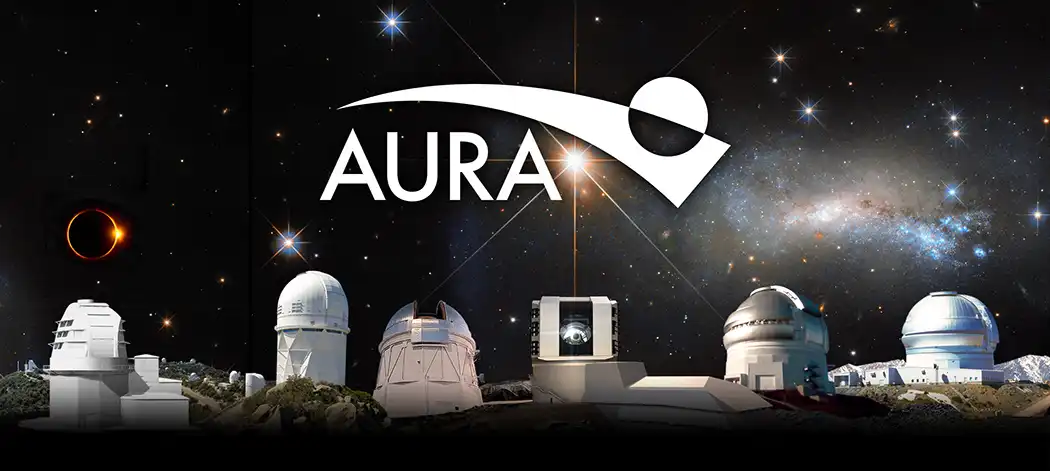Hawai‘i Telescopes Critical in Producing First Image of a Black Hole
Two of the world’s most powerful telescopes, located atop Maunakea, played a vital role in producing the world’s very first image of a black hole.
Hawai’i-based James Clerk Maxwell Telescope and Submillimeter Array are part of the unprecedented Event Horizon Telescope project. JCMT is operated by the East Asian Observatory; SMA is operated by the Smithsonian Astrophysical Observatory and the Academia Sinica Institute of Astronomy and Astrophysics.
In April 2017, a groundbreaking observational campaign brought together eight telescopes at six locations around the globe to capture an image of Pōwehi, a supermassive black hole at the center of the Messier 87 galaxy.
“Maunakea makes this discovery and the spectacular image of Pōwehi possible,” said Dr. Jessica Dempsey, deputy director of East Asian Observatory’s James Clerk Maxwell Telescope. “It’s perfect remote position, and the dry conditions on Maunakea’s summit, allow JCMT and SMA to collect the tiny amount of light that only touches our planet in a few very special places. Like the mountain itself, every drop of light we gather is precious.”
Astronomers collaborated with renowned Hawaiian language and cultural practitioner Dr. Larry Kimura for the Hawaiian naming of the black hole. Pōwehi, meaning embellished dark source of unending creation, is a name sourced from the Kumulipo, the primordial chant describing the creation of the Hawaiian universe. Pō, profound dark source of unending creation, is a concept emphasized and repeated in the Kumulipo, while wehi, or wehiwehi, honored with embellishments, is one of many descriptions of pō in the chant.
“It is awesome that we, as Hawaiians today, are able to connect to an identity from long ago, as chanted in the 2,102 lines of the Kumulipo, and bring forward this precious inheritance for our lives today,” said Dr. Kimura, associate professor at University of Hawai’i at Hilo Ka Haka ‘Ula o Ke’elikolani College of Hawaiian Language. “To have the privilege of giving a Hawaiian name to the very first scientific confirmation of a black hole is very meaningful to me and my Hawaiian lineage that comes from pō, and I hope we are able to continue naming future blackholes from Hawai’i astronomy according to the Kumulipo.”
The SMA and JCMT telescopes are key members of the Event Horizon Telescope project, which links together strategically placed radio telescopes across the globe to form a larger, Earth-sized telescope powerful enough to see a Lehua flower petal on the moon.
“SMA and JCMT, working together as one ‘ohana, pioneered the revolutionary technique to see such tiny and faint objects and they were critical in capturing the image of Pōwehi,” said Geoff Bower, chief scientist for Hawai’i operations of Academia Sinica Institute of Astronomy and Astrophysics. “The spirit of aloha required to unite scientists and observatories across the world was born right here on Maunakea. And powerful new capabilities coming soon at SMA and JCMT mean that Hawai’i’s groundbreaking contributions to understanding our universe are just beginning.”
The participation of the SMA and JCMT as the far-west anchor point of EHT’s telescope array allowed astronomers to effectively observe and “photograph” supermassive black holes, among the most mysterious and powerful objects in the cosmos.

Using the Event Horizon Telescope, scientists obtained an image of the black hole at the center of galaxy M8, outlined by emission from hot gas swirling around it under the influence of strong gravity near its event horizon. Courtesy image.

The James Clerk Maxwell Telescope (left) and Submillimeter Array (right) atop Maunakea play a critical role in the success of the Event Horizon Telescope. Courtesy image.

This diagram shows the location of the telescopes used in the 2017 EHT observations of M87. Courtesy image.











